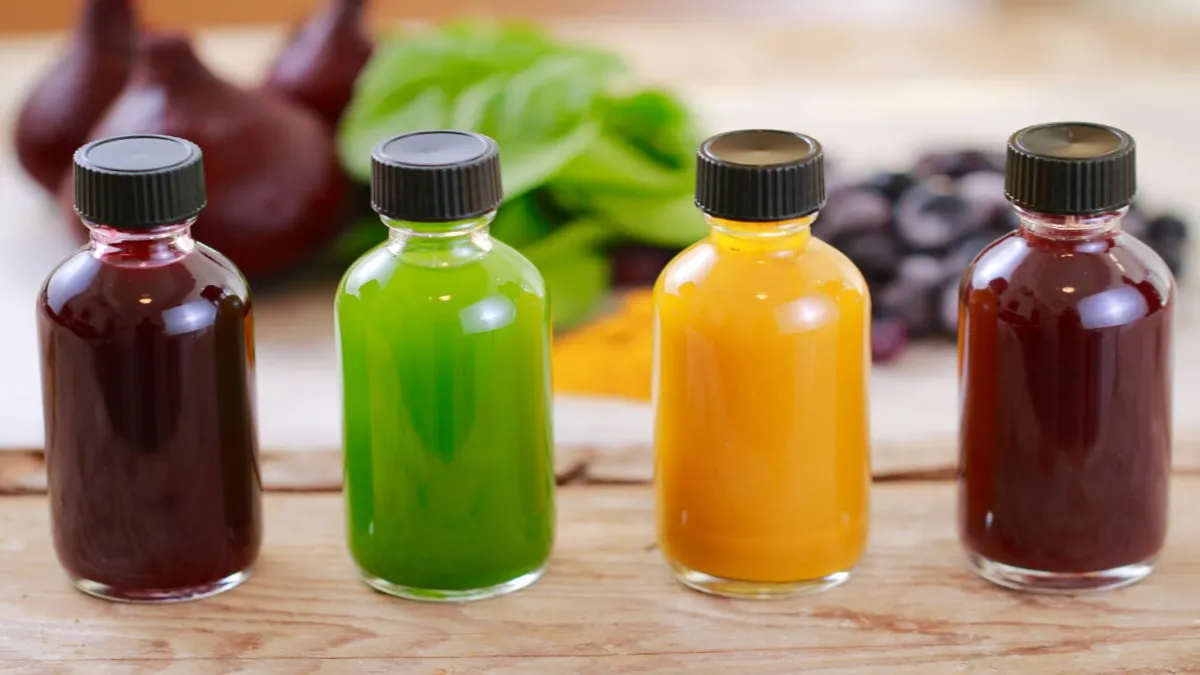Many individuals are curious about whether food coloring contributes any flavor to the foods and beverages it enhances. While primarily used to impart vibrant hues to meals, the relationship between color, taste perception, and psychology is intricate and crucial in determining if food coloring genuinely has a taste.
A fundamental step in understanding its taste impact is to distinguish between two primary categories of food coloring: natural and artificial. Natural variants are sourced from plants, animals, and minerals, while artificial ones are chemically synthesized. This differentiation is pivotal in assessing the taste nuances associated with each.
Experimentation and research addressing food coloring’s influence on taste provide valuable insights. Scientists have conducted numerous tests to gauge how food coloring affects people’s perception of flavor. Analyzing these results is imperative in answering the question: “Does food coloring have a taste?”
Food coloring manifests in various forms—liquid, gel, and gel paste—available in diverse shades like red, green, and blue. Understanding their properties and applications aids in determining their taste impact on dishes.
Liquid food coloring, the most common type, typically comprises water, glycerin, and natural or synthetic color pigments. Its easy incorporation into recipes and seamless blending with liquids minimally impacts the final product’s texture. However, differing compositions across brands can lead to variations in taste, with some offering a mild flavor while others may introduce a slight bitterness, influenced by concentration and pigments used.
In contrast, gel food coloring possesses a denser consistency than its liquid counterpart, rendering vibrant colors with smaller amounts—ideal for enhancing icings, fondants, and batters. The likelihood of gel food coloring affecting taste remains relatively low due to its higher color concentration, though variations may arise depending on the specific ingredients and food type.
Gel paste food coloring, akin to gel but with an even higher pigment concentration, yields vivid hues to recipes, necessitating minimal amounts for noticeable color enhancement. Given its heightened concentration, the taste impact of gel paste food coloring is typically negligible and should not interfere with dish flavors.
Artificial and natural food colorings diverge in taste and safety. Artificial versions derived from synthetic sources might contain trace chemicals that could subtly affect taste, although this effect is generally inconspicuous. Conversely, natural food colorings sourced from fruits, vegetables, and spices are less likely to negatively impact taste and may even contribute subtle complementary flavors to dishes.
In essence, food coloring comprises distinct types—liquid, gel, and gel paste—each with specific attributes and utilities. Whether food coloring influences taste hinges on factors such as concentration, color pigments, and recipe ingredients. While it might exhibit a mild taste under certain conditions, its overall effect on the dish’s flavor is typically minimal.
Taste and perception are pivotal in consuming food. Although food coloring is primarily designed to be tasteless, individual sensitivity and the influence of visual cues on flavor expectations can lead to subtle taste variations. The addition of food coloring has the potential to influence perceived flavor through visual cues, altering the way individuals interpret a dish’s taste. This interplay between color and expectation underscores the nuanced impact of food coloring on taste perception, despite its primary role as a visual enhancer without a distinct taste.

